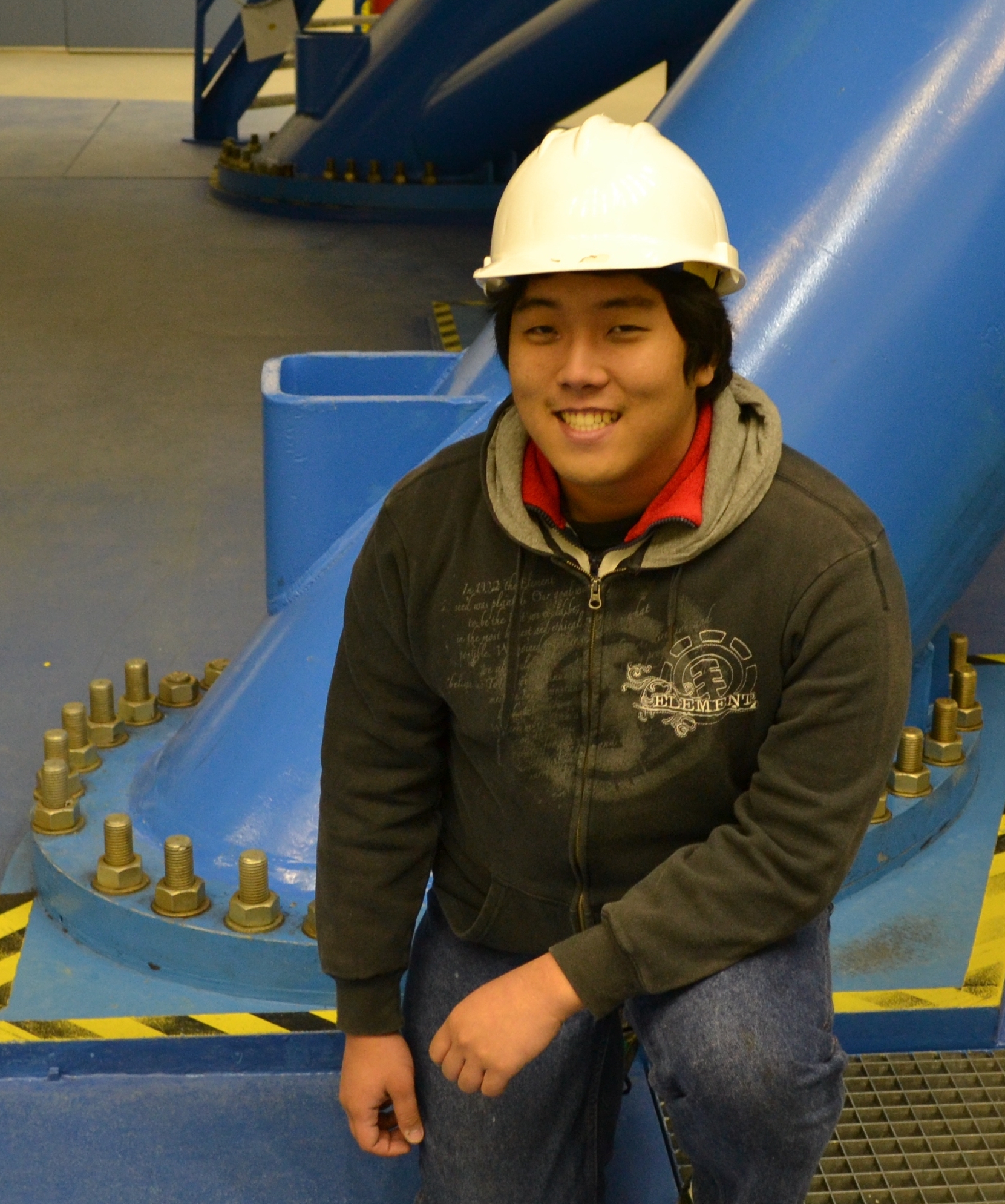
Home Island: Big Island
High School: Waiakea High School
Institution when accepted: Hawaii Community College
Akamai Project: Creating Rule-Based Software for Assisting with Resolution of Telescope Faults
Project Site: W.M. Keck Observatory
Mentors: Al Honey & Liz Chock
The W.M. Keck Observatory operates two telescopes atop Mauna Kea that take advantage of adaptive optics (AO) that employ laser systems to compensate for the Earth’s atmospheric turbulence. Should the complex software and/or equipment fail, or conditions preclude observation, then the problem typically requires a prompt response in order to get the astronomer back “on-sky” as soon as possible. In order to improve upon the current system, a research study is in progress to determine whether or not an “expert system” would provide additional useful information to improve the operators’ and engineers’ ability to rectify problems. In order to test whether the expert system is a viable solution, a “sandbox” environment has been created, which includes the currently used Experimental Physics and Industrial Control System (EPICS) database system and associated Alarm Handler (ALH). The expert system is essentially a program written in Python which accepts different inputs, such as the name and group of the alarm, values from hardware such as temperature, and possibly other alarms. Using those inputs, the expert system will make an “educated” decision, based upon rules entered by a human expert, as to the cause of the problem. Lastly, the system will be able to suggest solutions to augment observatory staff’s ability to resolve problems with the telescope more quickly, thereby decreasing astronomers’ lost observing time. In the future, this project may expanded beyond the scope of just the AO system, and will be used for other systems of the telescopes as well.